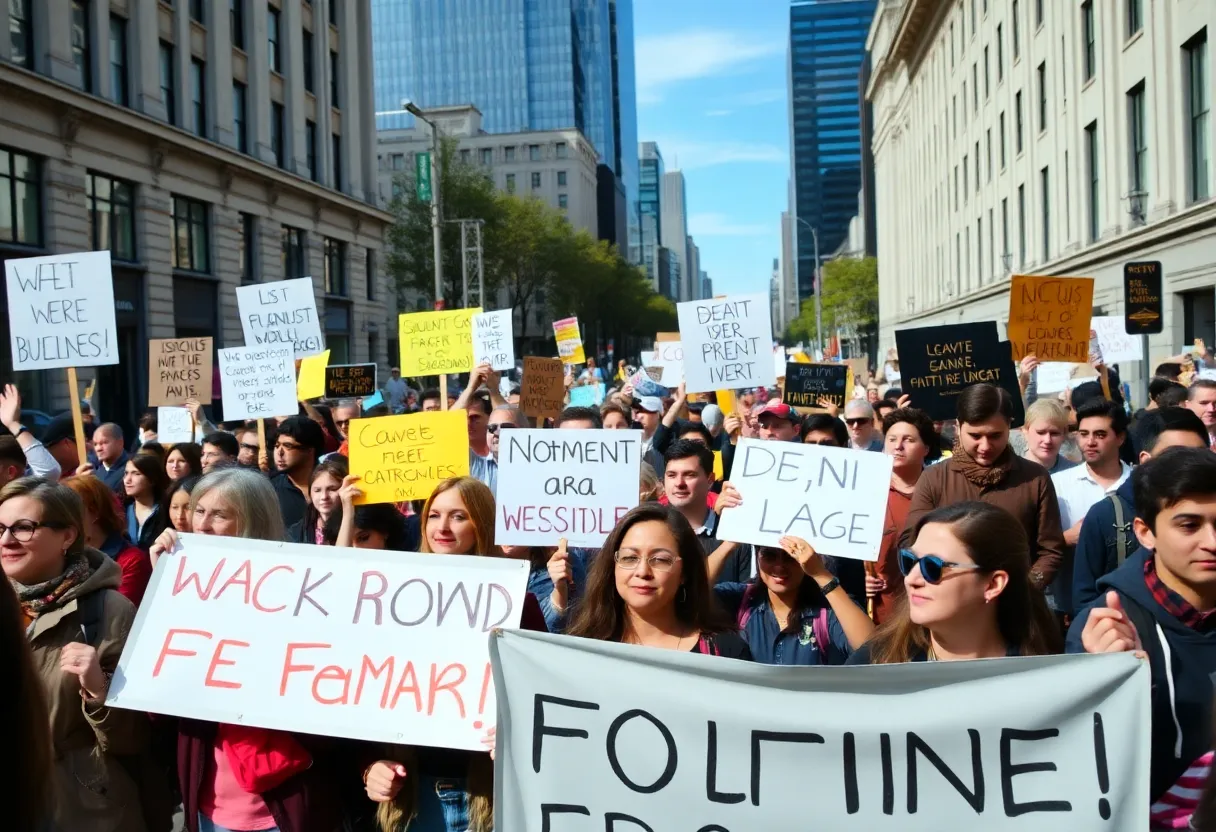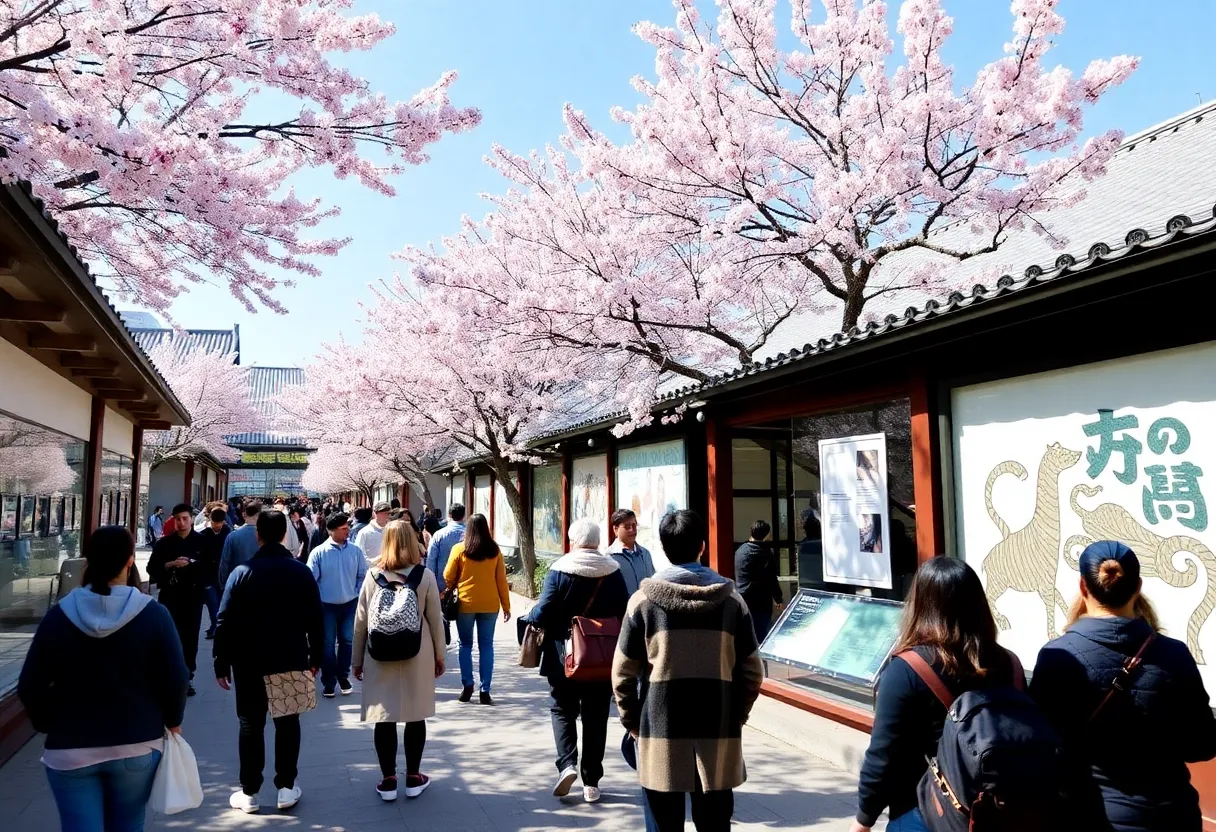News Summary
Residents of East Austin are expressing concerns regarding the proposed equity overlay study aimed at tackling urban development challenges. The study, commissioned to explore zoning regulations for low-income neighborhoods, has been criticized for its slow progress and insufficient community engagement. Local leaders emphasize the importance of feedback in shaping effective policies. As the study aims to learn from successful anti-displacement strategies in other cities, community organizers push for affordable housing mandates to ensure long-time residents are protected amidst gentrification worries.
East Austin’s Equity Overlay Study Faces Community Concerns
In the vibrant city of Austin, residents are raising alarms over the slow evolution of the proposed equity overlay study. This initiative, aimed at tackling the challenges of rapid urban development and displacement, has sparked debate among the community and the Community Development Commission (CDC).
What’s the Study All About?
The city commissioned the equity overlay study to explore if implementing zoning regulations could help counteract the impacts of redevelopment on low-income neighborhoods in East Austin. The idea is to create an environment where long-time residents can remain in their homes, even as the landscape around them transforms. However, the pace of this study has left many feeling uneasy.
Recently, representatives from APD Urban Planning and Management, based in Atlanta, presented their findings at a CDC meeting. While they outlined their analysis and noted ongoing community forums, they faced pointed critiques regarding their engagement with vulnerable populations. Residents and community leaders expressed that without sufficient local input, the study may miss the mark.
The Importance of Community Involvement
Commissioners within the CDC voiced their frustrations, emphasizing that communication with local neighborhood associations and contact teams has been lacking. They underscored the critical nature of community feedback in shaping policies that truly reflect the needs of the people.
Despite the concerns, APD representatives reassured attendees that community forums and interviews are active, with a final report and detailed recommendations on the horizon for later this spring. It’s important that the outcomes of this study acknowledge the voices of those directly affected by displacement.
Learning from Other Cities
A major aspect of the study includes a thorough examination of successful anti-displacement strategies employed in other cities. One example is Atlanta’s Anti-Displacement Tax Fund, which offers tax relief to homeowners facing gentrification pressures for up to 20 years. Such strategies might provide a roadmap for Austin’s approach to maintaining its rich diversity and affordability.
The Need for Affordable Housing
Community organizers in Austin have joined the conversation, advocating for the overlay to include specific mandates for affordable housing. Their goal is to ensure that new developments reserve a percentage of units for low- and moderate-income households. This is especially vital in East Austin, a neighborhood grappling with intense gentrification.
Gentrification Worries
Concerns about gentrification resonate throughout the community. It’s increasingly recognized that if new housing policies do not include affordability requirements, long-time residents may find themselves forced to relocate. This shift could dramatically alter the demographic makeup of the area and diminish its unique character.
Next Steps for the Study
In response to community feedback, the CDC has unanimously recommended delaying Phase II of the HOME Initiative for three months. This pause aims to ensure that there’s a comprehensive evaluation of how the equity overlay can be effectively implemented.
The city staff is also on the case, coordinating with several departments to analyze displacement risks while crafting effective overlay strategies. The sentiment is clear—community feedback is not just desirable; it’s essential for developing policies that resonate with local needs and realities.
Emphasizing Local Needs
The selection process for consultants has stretched the timeline for this study even further. As such, there have been fervent calls for increased community engagement in future phases. Without a robust understanding of what the community truly needs, moving forward could lead to ineffective solutions.
The dynamics in East Austin reveal an urgent need for action to preserve the essence of neighborhoods that define the city. As the study progresses, staying attuned to local voices will be vital for ensuring that East Austin remains a home for all its residents, old and new.
Deeper Dive: News & Info About This Topic
HERE Resources
Additional Resources
- Austin Monitor: Equity Overlay Study Prompts Request for Delay
- Wikipedia: Urban Development
- Austin Chronicle: HOME Council Cuts Lot Size Requirements
- Google Search: Gentrification Strategies
- Community Impact: Austin Transit Regulations Fast-Tracked
- Google Scholar: Anti-Displacement Strategies
- Statesman: Austin City Council HOME Phase 2 Updates
- Encyclopedia Britannica: Gentrification
- Austin Monitor: East Austin Organizers Push for Equity Overlay
- Google News: Urban Planning








